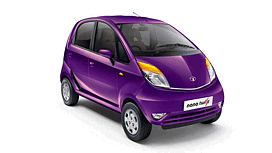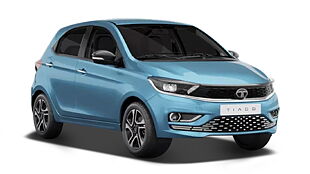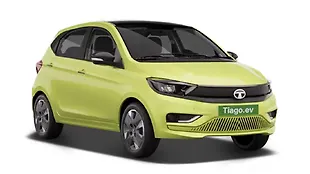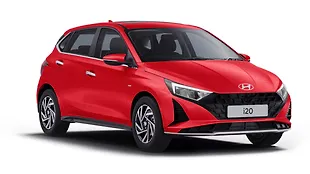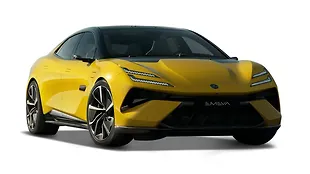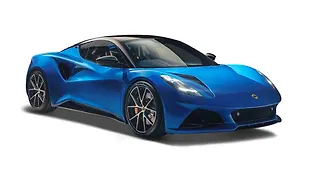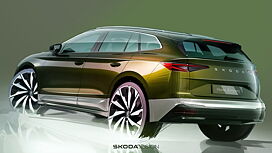Introduction

India is 70! Our plucky nation has completed seven decades of existence and boy have we come a long way. When we began as Republic, there weren’t many paved roads, fuel was scarce and cars were a long way behind their western counterparts. Today, everyone is buying cars of all shapes and sizes, road are being built everywhere, everyone is getting behind the wheel and we are set to make it to the top 5 list of big car market within the next few years.
Every story has a path and ours is filled with some big characters and some small ones too. We have compiled a list of seven things or ‘moments’ we believe that took the nation by storm and put India on the global automotive scene.
Maruti Suzuki 800

If there was ever a defining moment in which saw India move ahead after years of walking in the (automotive) dark, then it would be that black and white image of Indira Gandhi handing over the keys of the first SS80 Maruti 800 to Harpal Singh in 1983. We got our first glimpse of the reliable and ingenious Japanese engineering that made these cars so good and there was no looking back from that moment on. Now 37 years later, and after getting the 800 in seven different avatars, Maruti Suzuki holds 52 per cent of India’s car market and is bigger than its parent company!
Liberalisation

The Maruti 800 may have begun the motoring revolution in India but it was a human being who created the Indian car market as we know it today. This gentleman was none other than the legendary Manmohan Singh, our 13th prime minister. Singh was the brains behind the 1991 liberalisation reforms which saw various sectors (auto included) being freed from the yokel of Licence Raj. During his tenure as finance minister from 1991 to 1996, the Indian market opened the door for many car makers to set up shop locally and turn our roads into a melting pot of global car designs and cultures.
Tata Nano

Today the Tata Nano is a lifestyle product and sits in the fringes of the entry-level car market but when it was launched as the world’s cheapest car in 2010, the globe sat up and took notice of India’s capability. It was a Pokemon-faced wonder that was meant to replicate the success of machines like the VW beetle, Mini and of course, the Maruti 800. For a while, the light at the end of this tunnel looked really bright. However, production setbacks and of course, the infamous ‘cheap’ tag did little to help the Nano’s quest and today its fate looks uncertain. Still, we would like to believe that the Nano was defining moment for the Indian automotive scene.
Golden Quadrilateral

With the growing demand for cars came a growing demand for roads to drive them on. But, given the prices of cars, we demanded the best that one could get and so the Centre dreamed up, initiated, built, built a bit more and finally opened the Golden Quadrilateral Highway. A vast 5846km highway, it runs in the shape of a quadrilateral (duh….) connecting the corners of India. Today it is the preferred path for trucks, cars, buses and other things with four-wheels to traverse the length and breadth of our 70 year old nation.
Buddh International Circuit

We have done cars, roads and now onto to some motorsports, of which our biggest achievement is the existence of a Formula 1 grade circuit. The Buddh International Circuit or BIC as we enthusiasts like to refer to is located on the outskirts of the nation's capital and hosted the F1 Jingbang from 2011 to 2013. It’s a fast circuit, this, and it was here that Sebastian Vettel clinched his fourth f1 title in 2012. While F1 may have moved on from the country, the BIC, today, remains a hallowed and capable, proving ground for enthusiasts to take their exotic machines to the limit.
Reva

Electric cars are beginning to slow jump to the forefront and manufacturers like the big German three are putting their best foot behind EVs. It’s a sign that the world is surely moving toward volts as the source of vehicular motivation. However, here too we were one of the early entrants to this race and our hero was the little Maini Reva. Launched in the early 2000s, it was India’s contribution to electric motoring which cemented our position in the EV world. Today Reva has become Mahindra Electric and Chetan Maini has moved on to the EV battery business. But in our minds the Maini Reva will always be the first bolt of electricity.
Leap to BS6 norms

Our final hero that has put us on the global scale once again is our resolve and aim to jump directly from BS4 to BS6 norms by 2020. It has taken us 17 years to work our way through four standards. But, if all goes according to plan, we will skip an entire stage and be on par with the European standards within the next three years. This is a tall order, but it will have far reaching consequences and benefits for future motoring generations. It’s a future process but it is sure to change our lives.

